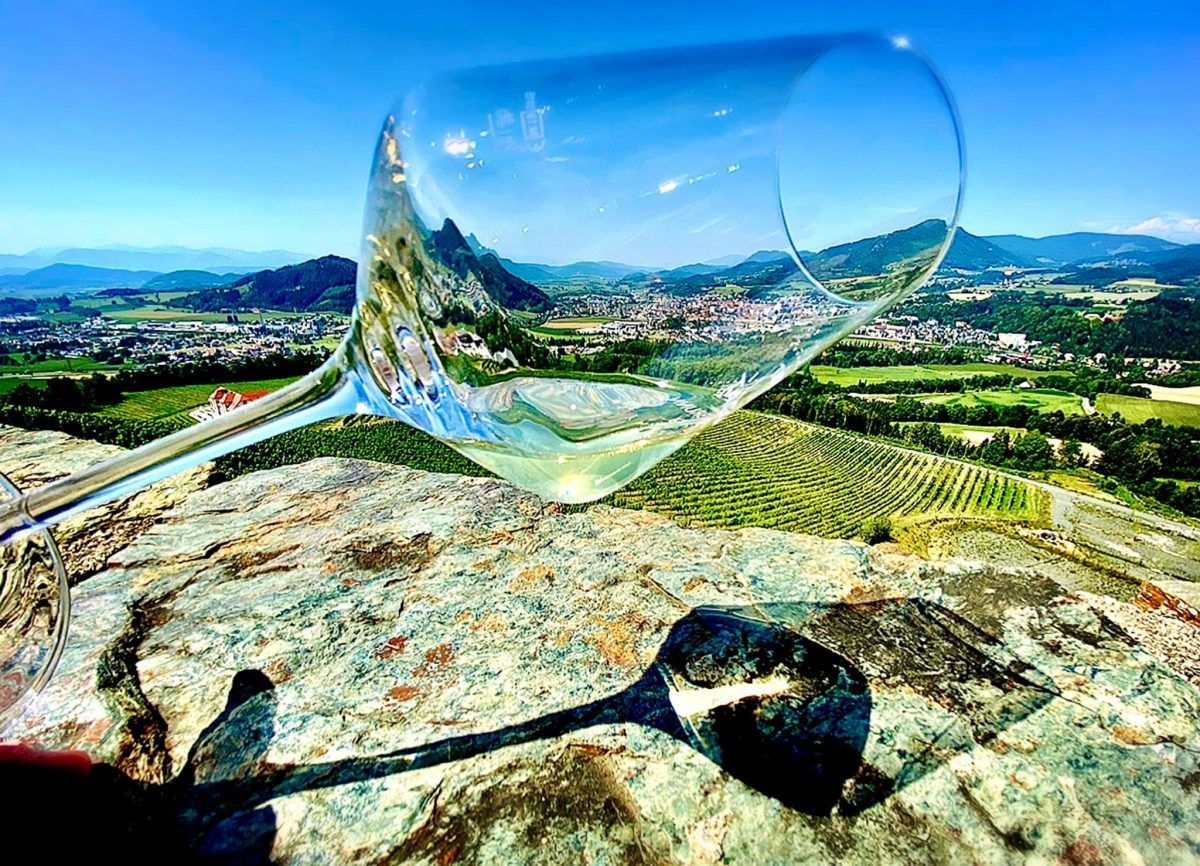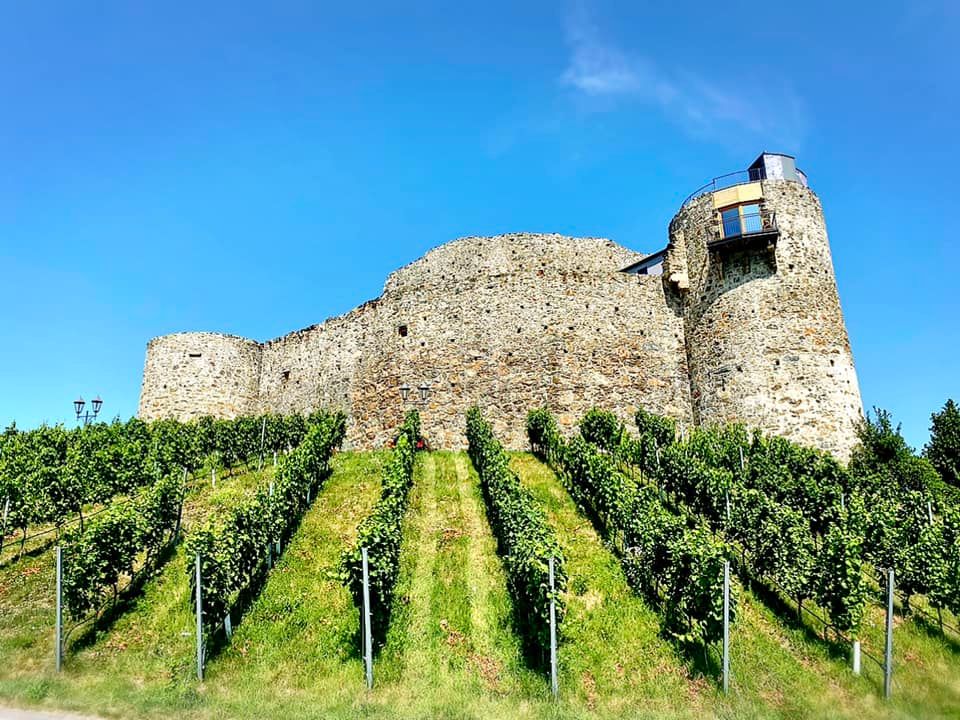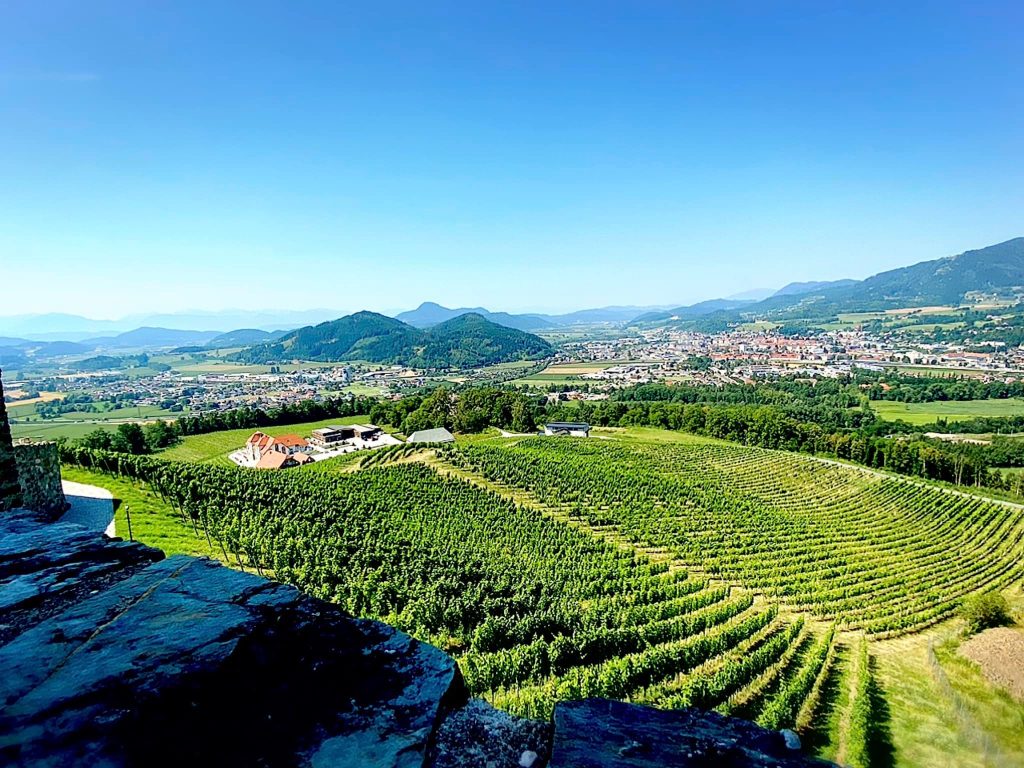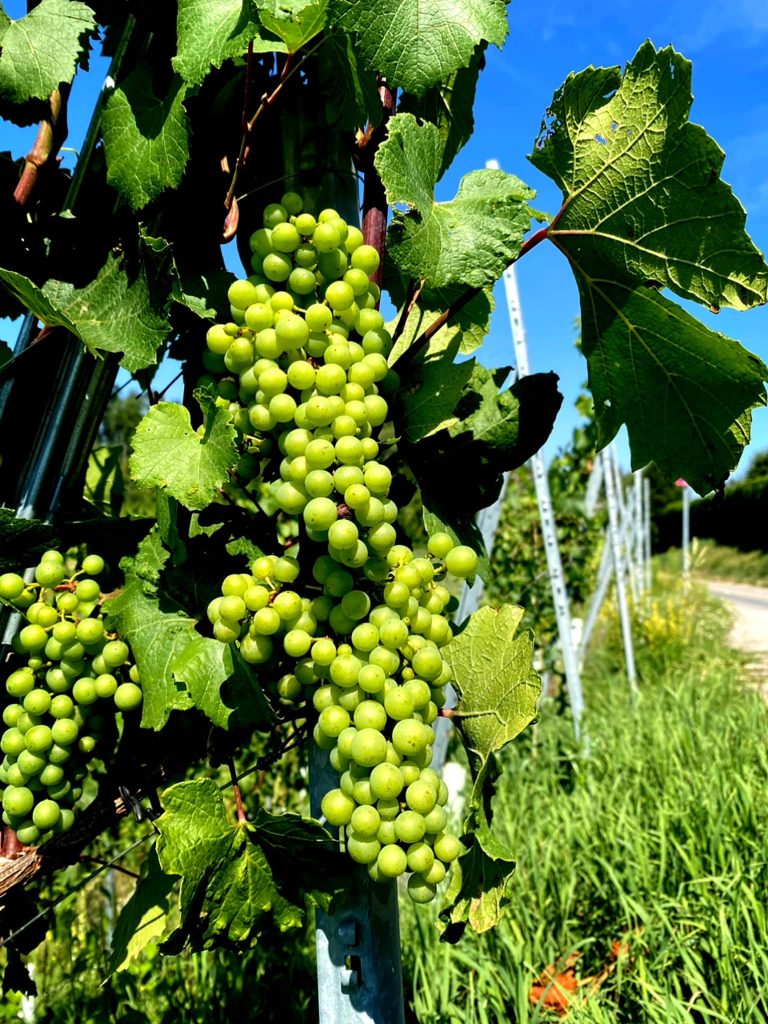I would like to try to take you with me to that most intimate part of Carinthia where the ancient winemaking tradition is experiencing a flourishing renaissance. After a strong destruction of the vines due to an epidemic of downy mildew, only in the 70s, a group of established farmers, small producers and young experimenters revitalized the territory, expanding the production of wine.
Of course, climate change also played a role. In Carinthia, between lakes and alpine mountains, vines are planted on terraced slopes and steep slopes between 200 and 800 meters above sea level and, as temperatures rise, producers still expand into areas previously considered unsuitable for grape production.
It is mostly a whitish region; in the splendid countryside of the Alpe-Adria are bred: Sauvignon Blanc, Gruner Veltliner, Riesling, Chardonnay, Pinot Bianco, Pinot Grigio, Traminer, Muskateller. The red grape varieties are Zweigelt, Pinot Nero and Syrah.
Today I am visiting the Taggenbrunn Winery.
Coming from Klagenfurt, the south-facing terraced vineyards, located around the castle, are a notable eye-catcher.
Hubert Vittori, passionate winemaker of Italian origin, is the manager of the Taggenbrunn Winery. He enthusiastically invested in this particular area (about 40 hectares around the ruins of the Taggenbrunn castle) convinced of the optimal position in the south, sunny and favorable to the vines that grow in a mineral slate soil. A careful vinification process and short transport routes of the grapes from the vineyard to the cellar contribute to the highest quality standards that he has always wanted to achieve.
The renovation of the castle was followed by the expansion of the old stable, which became a wine bar and 30 rooms in a highly rated hotel for events and seminars.
The Goddess of Time, a work of art by Andrè Heller, seems to watch over the entire property.
The elaborate 12-meter-high sculpture, made up of plants, rock crystal, metal, light and water, represents a powerful spirit of nature entrusted with the protection of Taggenbrunn Castle, the vineyards and all visitors.
Although the production of this winery cannot easily compete with that of other Austrian regions, some of its white wines have begun to gain national esteem; dry wines with lively acidity, pleasantly light and drinkable. Riesling and Sauvignon Blanc found a place in my suitcase. And my journey continues…





